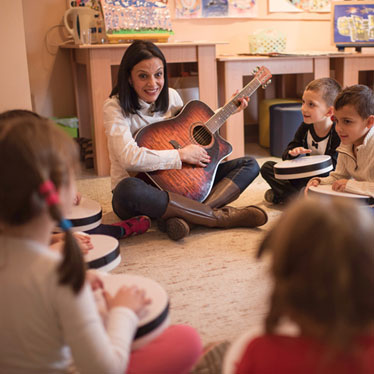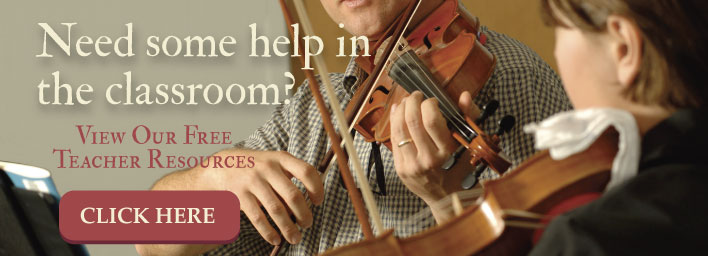How To Close Your Classroom For The Summer so Fall is Easy

Music educators and teachers all around the country are preparing to close their classrooms for the summer. Although this time of year can be a little hectic with final grades and end of the year recitals, the last thing you want to do is come back in the fall and find your classroom in shambles. Since the beginning of the year has its own set of difficulties, finding ways to close your learning area so that everything is ready for fall can make it much easier to start the year stress-free.
It may surprise you that these teaching tips for closing your classroom are relatively simple. Basically, you just need to outline a plan, but you should keep in mind the guidelines established by the school. Many buildings have standard procedures ranging from transferring all loose materials to a designated place to completely removing everything in the room. Regardless of the measures in place, these teaching tips will work in any classroom and make it much easier for you come the new school year.
Think Ahead
Buy next year’s materials now. Many department stores and outlets have discount prices on items at the end of the school year. They typically don’t have any shortages and there are hardly any crowds, making it easy to re-stock. By doing this, you can go ahead and have all your materials organized for the first few months of the new school year. If you don’t have any budget left over this year, don’t worry. Just be sure to save a portion next year.
Start cleaning out-of-sight spaces. Rather than wait, cupboards, closets, and cubbies should be cleaned out before the end of the year. Your students won’t feel like the classroom is being packed away around them if you focus on drawers and storage spaces that can’t be seen. Plus, you get a jump start on your organization. For example:
- Store items you want to save together by category. That way they’ll be easy to find when you open your classroom next year.
- Throw away stuff you can’t or won’t use again. Less clutter makes for an easier fall.
- Give away items that might be useful to others. Gather up anything that someone else could use and place a “free” box in the teacher’s lounge and your class. As a music educator you may have books or used resources that other classes and students would benefit from, let them have it.
- Don’t forget to do a virtual clean out. Get rid of files and organize the ones you’ll need when fall rolls around on your computer.
Plan for Surprises
Many classrooms are deep cleaned over the summer, so it’s a good idea to label the furniture in your room. Although music educators will have items that are no doubt designed for their class, like music stands, if you teach in a school with more than one music room, labeling your furniture can help prevent fall confusion. Grab a roll of painter’s tape and a Sharpie and claim anything that might get moved during carpet cleaning or floor waxing. You can also create a basic inventory so you know what you’re supposed to have if things get misplaced or borrowed during the summer.
Another good tip involves snapping a few pictures of your room layout before anything is relocated. Since most of the furniture will be moved and replaced by custodians, music educators who want to keep the same arrangement can use their cell phones to make it easy to reproduce the layout in the fall. This goes for wall displays and other items that you’re supposed to remove too.
Organize for Easy Fall Setup
Those who want to make their classroom easy to return to in the fall should also create a setup box. Consider everything you’ll need immediately and include it. For example, if you have to clean out your desk, put the items you normally have on-hand like sticky-notes, pencils, staplers, etc. inside a separate box for easy location.
Other organization tips include:
- Take home a box of materials that you plan to work on over the summer like new music, manuals, and other home “work.”
- Come to class early to spend time removing clutter. It can be hard to clean after a full day of teaching, so arrange to come in early to take care of the cleaning before you’re too tired.
- While organizing, make lists of what you need to replace. Instead of buying the same amount of materials every year, make an inventory of what you have and then only buy what you need.
Although cleaning your classroom and getting it ready for the next school year takes time, the extra effort now will be totally worth it.


